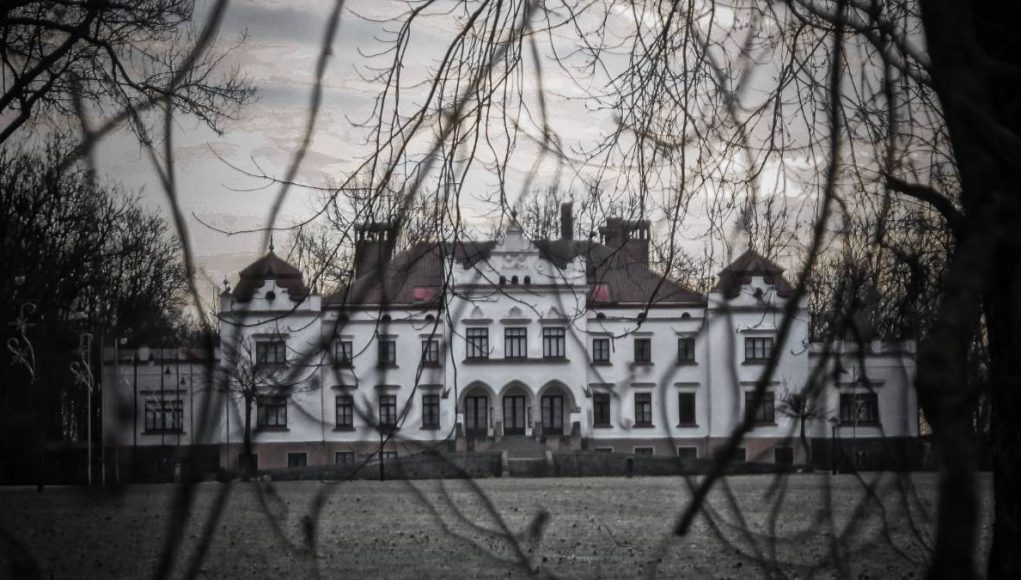While countries around the world are searching for ways to safely celebrate Halloween 2020, Lithuania has no such worries. In fact, some of the country’s traditions and locally-told tales are already so ghospitable that despite the global pandemic scaring away the spookiest season, Lithuanians seem to enjoy the company of devils, witches and spirits all year round.
Tales of ghostly love
Commonly known as the Pearl of Sudovia region, Paežeriai Manor is wrapped in stories about an innocent white maiden, the victim of a tragically-ended love. The legend goes back to the 19th century, when secret affection between the wealthy landlord Zigmantas Gauronskis and a young maid flourished—until she was due to have his child. To avoid a conflict with his wife, the landlord sent the young woman away to another manor. However, unable to cope with a broken heart, the maid came back, left the newborn at the front door and took her life in a nearby lake. People say that even today her soul struggles to find peace—it wanders around the manor at night, while in the mornings, a white shadow can be seen in the park.
Stories of forbidden love are also told in about half-a-thousand-year-old Siesikai Castle, located near the city of Ukmergė. According to the old tales, a young wife of one of the Daumantai dukes fell deeply in love with a knight from a foreign country. At night, she would escape from the castle and rush to secret dates by Lake Siesikai. Once the duke learned about infidelity, he ruthlessly sentenced his wife to be bricked away and trapped in the tower walls until the end of her life. Locals say you can still see the duchess walking by the lake at night and waiting for her beloved knight.
Eerie paranormal reputation
A few years ago Villa Anapilis (Afterlife) was fully restored for the public use, yet it still fires the imagination with its ghostly past. According to the legend of the resort town Palanga, this villa was named after a spooky hobby of countess Sofija Tiškevičienė—summoning ghosts into the house. As the story goes, the lady had even built a secret room of mirrors, where summoned spirits could no longer return to their world. After her death, the ghost of hers was spotted wandering in the house, and one can still hear a wind organ emanating from the house—the sound that helped countess Sofija calm down whenever her poor health had gotten worse.
Mysterious events are also common in Radviloniai Manor which once belonged to the noble family of Radvilos of the Grand Duchy of Lithuania. Irena Rainčė, the current landlady of the manor, has quite a few stories about her encounters with Radvilos’ ghosts.
“I wonder if these premises were ever consecrated, as many spirits are living here up to this day,” Mrs. Rainčė said. “Although we get along quite well, I do notice that when I lay down at night, they would sometimes come asking for something. For example, to grow a plant in the garden upside down. It took me a while to understand that the spirit meant that the plant would need to lean toward the ground rather than grow upward. And once their wishes are fulfilled, they no longer come back. I can only say I never get to feel alone.”
These are just a few recorded stories that give every centuries-old Lithuanian castle and manor a mystical value. However, whether to believe what is spoken, felt and supposedly seen or not is for every curious explorer to decide. Untried or inexperienced, the truth is not known.
A list of some of the most magnificent castles and manors in Lithuania can be found here.






